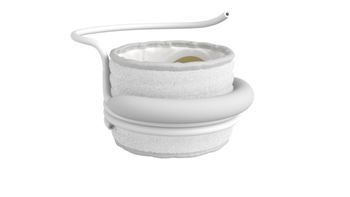
8 ways to drive down expenses at your medical practice
As every medical practice knows, it can be hard to stay on top of ongoing expenses.
Most of the time, physicians are too busy taking care of patients to be able to spend time reviewing medical supply pricing and other practice costs. Typically, the first time a practice signs an agreement for products or services with a vendor is usually the last time those prices are assessed.But implementing a regular review of your expenses-at least annually-is critically to ensuring that you aren’t spending thousands more than you need to on practice operations.Susanne Madden, MBA, is founder and CEO of the Verden Group, a consulting firm that helps physician practices navigate the business of healthcare.
Newsletter
Stay informed and empowered with Medical Economics enewsletter, delivering expert insights, financial strategies, practice management tips and technology trends — tailored for today’s physicians.








